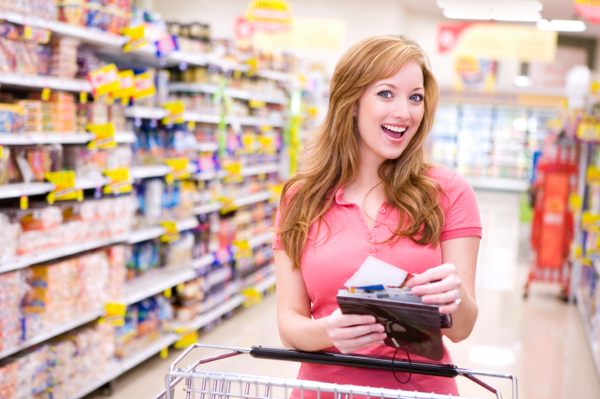ML integrated electronic sensing devices can record data of the soil, environment, and crops. This data can then provide useful information for decision-making, through a process called data analytics.
India is a home to the largest undernourished population in the world. The Global Hunger Index 2019 ranks India at 102 out of 117 countries. According to FAO estimates in ‘The State of Food Security and Nutrition in the World, 2019′ report and UN report, 14.5% of the population is undernourished in India and 821 million people around the world are suffering from hunger.
This count is anticipated to increase higher owing to the disruption in proper supply chain caused by the COVID-19 outbreak.
On the other hand, around 14% of the world’s food which is about one-third of the total produce, is lost or gets wasted before reaching shops and markets – United Nations Food and Agriculture Organization. And here’s how ML and bigdata can help in minimizing food wastage to achieve a Zero Hunger world.
The process
Sensors are used to monitor and measure the chemical composition, physical properties, acidity, humidity, and other characteristics of crops and supply these data to computer algorithms for analysis. ML then helps in analyzing the quality or any infections and helps in prediction.
Crop Monitoring
The properties of crops, fruits, and vegetables such as size, shape, colour are monitored while they are growing using sensors. This data helps in identifying their growth condition and to provide necessary water supply and fertilizers and ML can predict the exact harvest time. This reduces losses at harvest.
At these unprecedented times and lockdown happening to contain the spread of the virus, support from the sensors, data and ML can be used in developing countries like India to track crops, weather changes and conserve resources and preserve nature.
Post-Harvest Monitoring
Produces harvested in one place are usually transported to other market places. Some products are exported, some are used in local markets. Products to be exported needs to keep fresh for a long time. Especially with the disruption in proper supply chain, the products must be of good quality and stored properly to reduce wastage. Sensors and ML can help categorize quality and prescribe suitable storage forms.
Market quality monitoring
With the notion that COVID-19 virus or may it be any virus can be present on any packaging surface or on the surface of the fruits and vegetables. Human handling to check the quality can be nocuous. Hence, sensors can be used to monitor the product in real-time and ML used to remove unsafe products from fresh good products. And this monitoring is crucial for people’s (market) quality and safety concerns.
With the increasing world population, which is expected to exceed 9 billion by 2050, it is a big challenge to provide food and nutrition to all the people. It is even harder during the epidemic times. It is ML and data-driven automation that can contribute to solutions.

